Everybody desires a comfortable and aesthetically pleasing living space, often concentrating on the building’s design and interior decor. However, it’s worth noting that, in addition to traditional materials, metal buildings can provide comfortable living environments.
A metal building, fundamentally, consists of a steel or metal framework as its internal support or skeleton, with the external covering also composed of steel or metal.
It’s crucial to distinguish between a metal structure and a metal-framed one. A metal building is entirely constructed from metal or steel, both for its core structure and its interior and exterior components. On the contrary, a metal-framed building employs a metal frame but may incorporate other materials like wood and concrete for its external surfaces.
Metal buildings gained popularity during the early 20th century for various reasons. Cost-efficiency stands out as a primary driver behind the preference for metal structures. In fact, constructing a metal house is often more economical than building a conventional one. Additionally, metal structures offer a high degree of customization.
Compared to concrete or wood framing, which can be challenging to modify, metal structures are far more adaptable. They also tend to require less maintenance while delivering durability and security.
In contemporary times, it’s increasingly common for individuals to create living spaces within metal buildings or metal-framed structures. The option of metal structures with integrated living quarters has gained significant traction in the construction industry and is readily accessible today.
As a result, constructing a metal building with living quarters has become a popular choice. To help you make an informed decision, it’s essential to consider both the advantages and disadvantages of such buildings:
Advantages:
- Affordability: Metal buildings are typically more cost-effective to construct than traditional houses.
- Customization: Metal structures offer a high degree of customization, allowing you to design a space that suits your needs and preferences.
- Adaptability: Modifying metal structures is relatively easy compared to structures made of other materials.
- Low Maintenance: Metal buildings generally require less maintenance while providing robustness and security.
Disadvantages:
- Insulation Challenges: Metal structures may pose insulation challenges, particularly in cold climates, potentially leading to increased heating costs.
- Allergies and Sensitivities: Some individuals may have allergies or sensitivities to metal or the finishing paints used, which can lead to discomfort.
- Potential for Mold Growth: Inadequate insulation can create conditions conducive to mold growth, requiring costly and time-consuming remediation.
In weighing these pros and cons, you can make an informed decision about whether a metal building with living quarters aligns with your lifestyle and preferences.
Advantages of Metal Buildings with Living Quarter
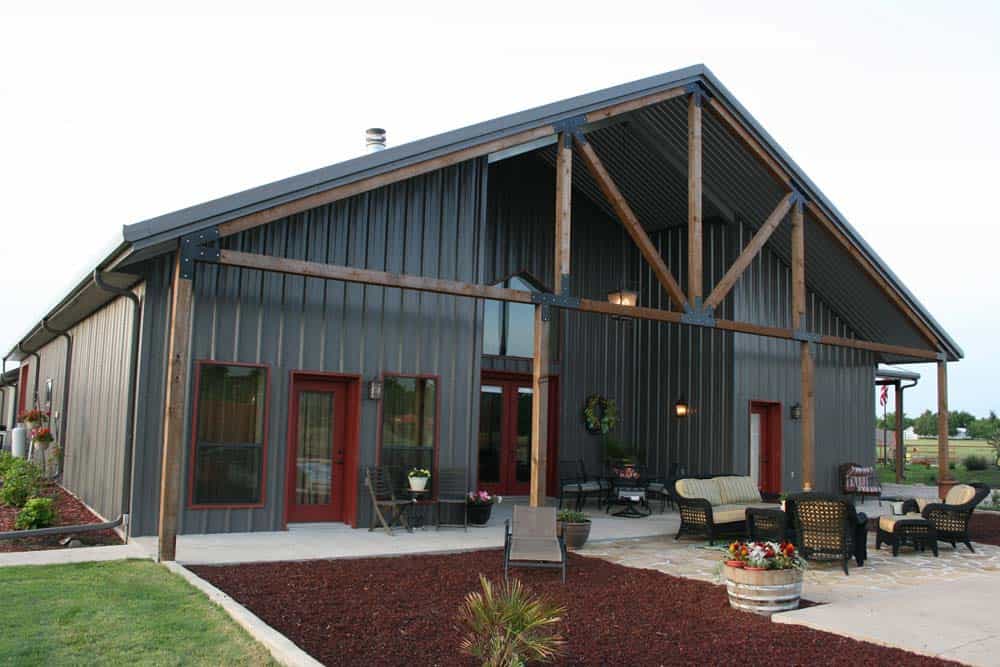
Certainly, metal buildings with integrated living quarters represent an ideal solution for certain individuals. Their numerous advantages are undeniable, and the entire process, from initial planning to ongoing maintenance, appears remarkably straightforward and advantageous. If you are contemplating the construction of such a structure, we kindly urge you to take the following factors into careful consideration:
1. Metal Buildings Have More Durability
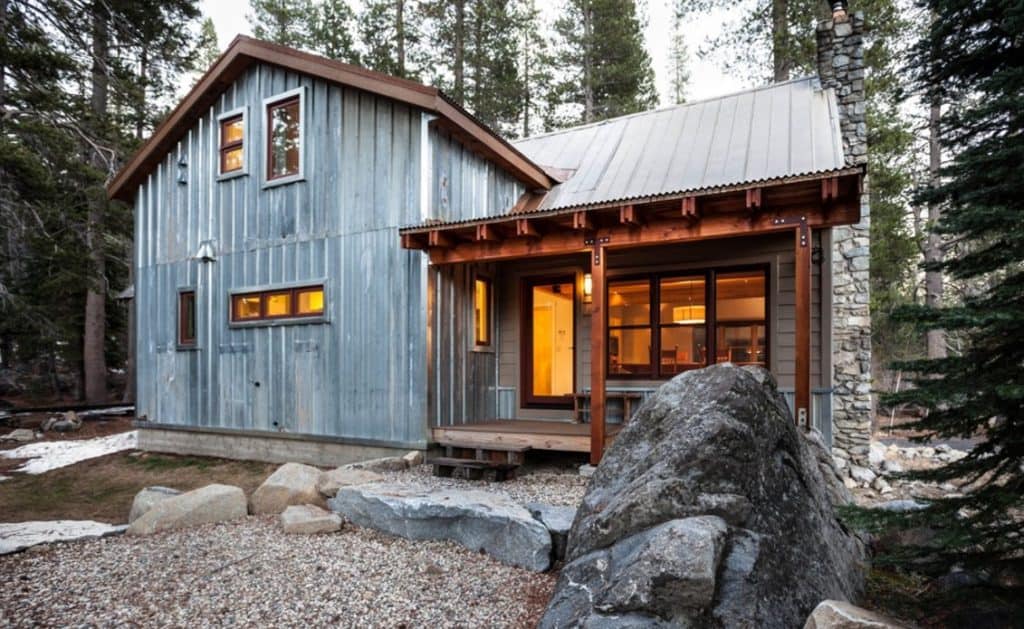
Steel exhibits exceptional durability and resilience:
- It can withstand wind speeds of up to 150 miles per hour without suffering any structural damage to its exterior or foundation, making it robust enough to endure the forces of an F2 tornado or even a Category 4 hurricane.
- Steel structures boast impressive seismic stability, typically meeting the seismic activity standards of zone 4, which represents the highest classification for such events.
- Metal buildings and their components demand minimal maintenance efforts to ensure their longevity, allowing them to endure for many years without significant upkeep.
- Notably, steel is inherently flame retardant, providing an added layer of fire resistance. Additionally, its robust composition poses a significant challenge for rodents, making it challenging for them to gnaw through its sturdy surfaces.
2. Less Construct Time
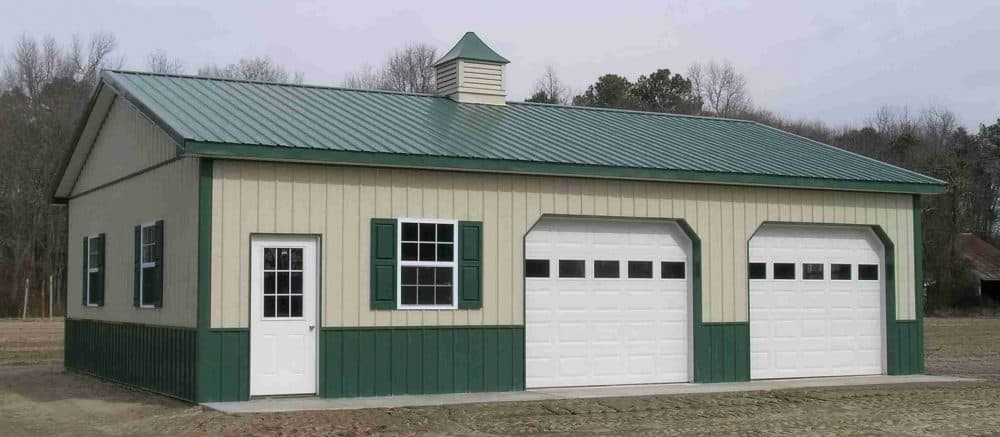
The production of a pre-fabricated or pre-engineered steel structure doesn’t commence until the plans and specifications have been thoroughly finalized. After the manufacturing process begins, the structure can be assembled at the factory for stringent quality control measures. It can then be disassembled and swiftly reassembled on your designated lot.
This expedited erection process translates to reduced labor costs, even when considering the specialized skills required for constructing a metal structure. The efficiency achieved during assembly can lead to significant cost savings, making metal structures an economically viable choice for construction projects.
3. More Sustainable
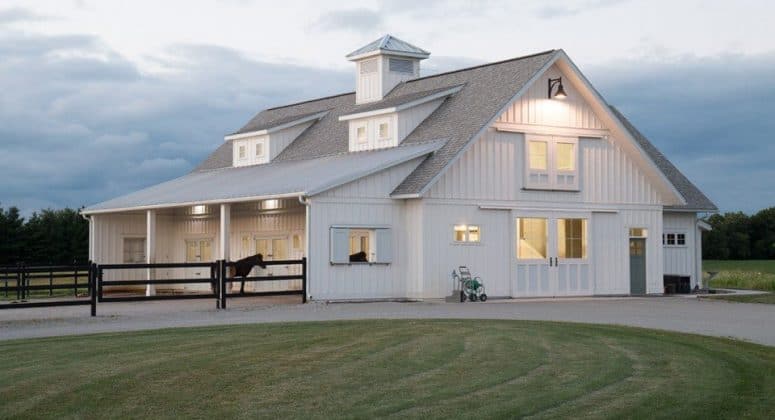
Steel consists primarily of iron and carbon, with smaller proportions of other elements strategically blended to achieve the desired level of strength and rigidity. Notably, there are no hazardous chemicals involved in the composition of steel.
One of the remarkable features of steel is its full recyclability. In fact, the majority of the steel available today comprises more than 85% recycled material. When the time comes for steel to undergo recycling, it demands no additional processing, making the recycling process highly efficient. The remarkable aspect of steel’s recyclability is its ability to be repurposed repeatedly without any degradation in its inherent strength and quality. This inherent sustainability makes steel a valuable and eco-friendly material choice.
4. Metal Buildings Are Easily Expandable and Flexible
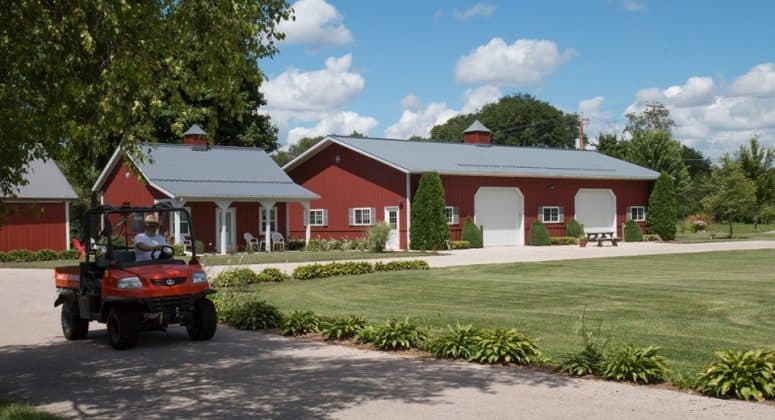
A steel structure’s design flexibility knows almost no bounds, allowing it to assume virtually any desired shape. Furthermore, when necessary, expanding such structures with additional framework and panels is a swift and uncomplicated process. Should your business experience growth, the ease with which you can create a larger space within the existing steel framework is a notable advantage. Additionally, if the intended function of the space evolves, repurposing it to meet new requirements is both feasible and straightforward. The inherent adaptability of steel makes these modifications relatively easy to implement while ensuring long-term durability.
5. More Energy-Efficient

Metal frames conveniently facilitate insulation, thanks to the generous space between the frame members and the panels. Furthermore, specialized insulation designed to snugly fit within the frame members is readily available. The incorporation of insulation serves the vital purpose of maintaining a comfortable temperature within the building, thereby reducing the need for excessive heating and cooling.
For added energy efficiency, opt for white or light-colored roof panels. These reflective surfaces effectively redirect sunlight away from the building during the scorching summer months, ultimately resulting in reduced cooling costs. This approach is particularly advantageous if your living quarters are situated on the second floor. Additionally, you can explore the option of selecting reflective finishes to further enhance the cooling effect, enhancing the overall comfort of the interior space.
6. You Can Make It Very Personal
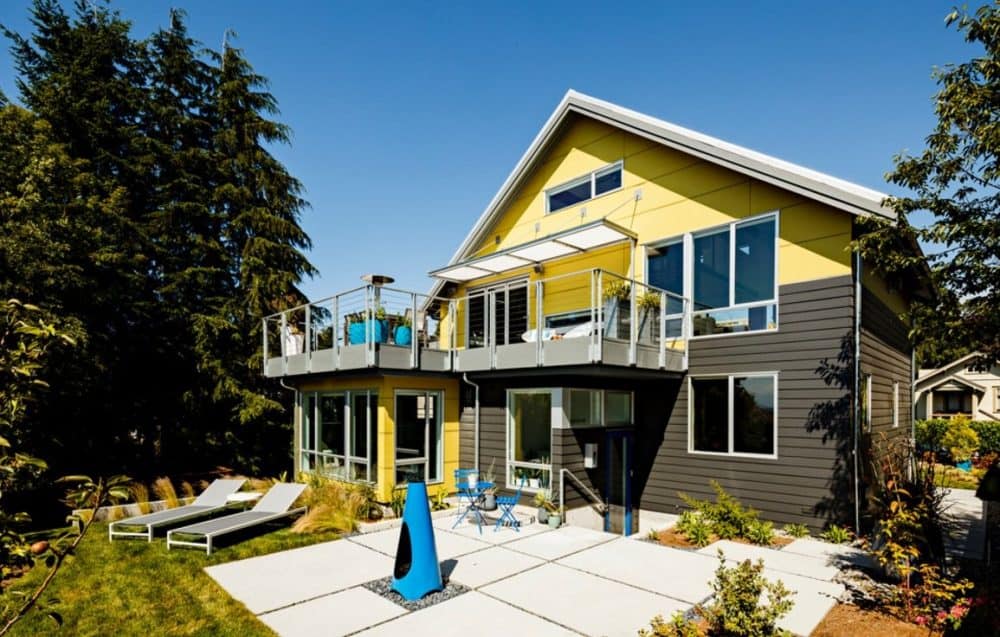
You may have encountered the misconception that metal buildings lack customization options. Contrary to this belief, nothing could be further from the truth. Regardless of your desired aesthetics and design preferences, metal structures can be tailored to meet your exact specifications. By incorporating the appropriate accessories and enhancements, you have the flexibility to create a structure that mirrors a diverse range of styles, spanning from a spacious shed to an intricate French Colonial-inspired abode.
Metal Building with Living Quarters Disadvantages
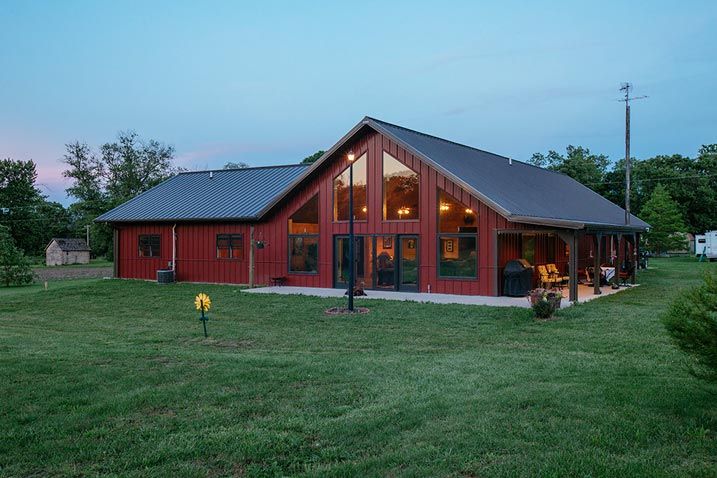
While there exist numerous advantages to constructing a metal building with integrated living quarters, it’s essential to acknowledge that this type of structure also has its limitations. By comprehending these drawbacks, we can make an informed decision between opting for a traditional structure or embracing the concept of a metal building. Below, we enumerate the disadvantages associated with metal structures housing living quarters:
1. You Wouldn’t Want The Molds
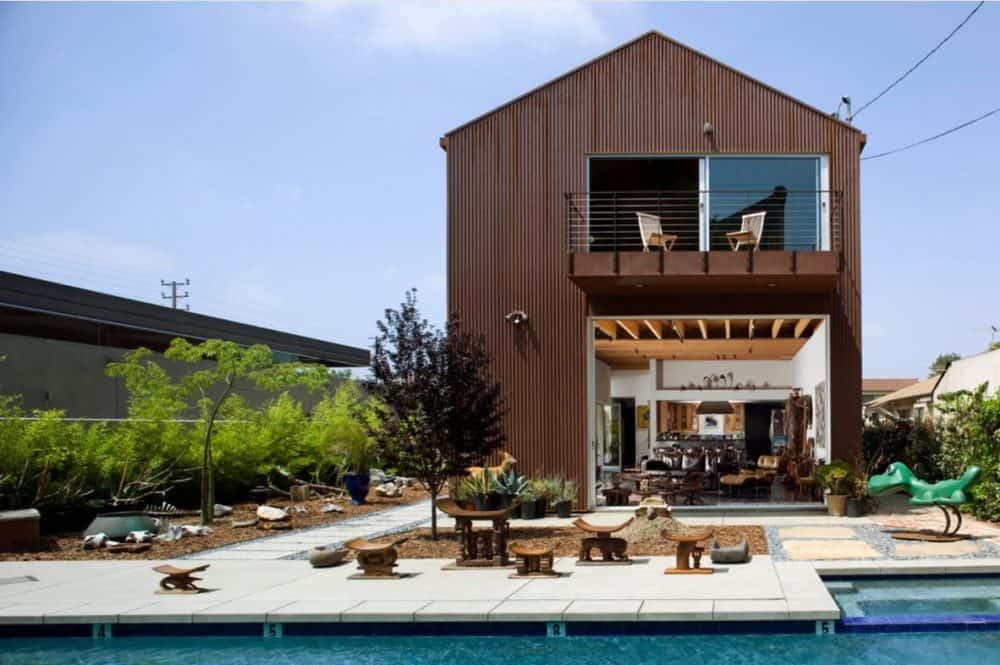
In cold climates, steel structures tend to retain moisture. In the absence of adequate insulation, this moisture becomes trapped within the steel frames, leading to the formation of conspicuous blemishes commonly referred to as “ghost marks.” These marks materialize due to the condensation of moisture content.
Regrettably, metal building residences, if not properly insulated and ventilated, can provide an ideal environment for the proliferation of molds. This is not only unsightly but also poses severe health hazards, emitting unpleasant odors and creating an unhygienic living space. Addressing mold infestations necessitates expensive and time-consuming cleaning procedures, potentially resulting in substantial costs down the road.
2. Your Health Might Be Affected
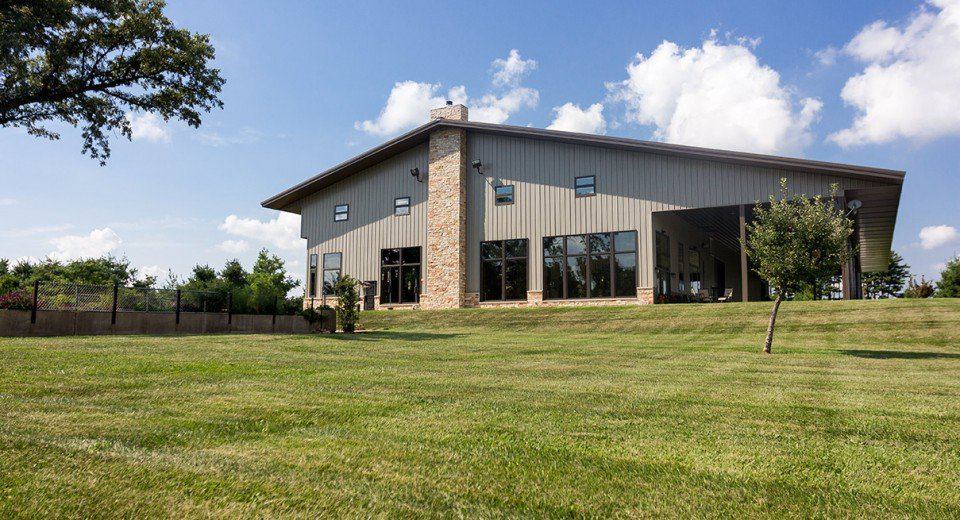
Individuals who possess metal allergies or sensitivities to the finishing paint should exercise caution when considering this type of construction. Metal and its unique paint finishes can potentially induce severe irritations in individuals with allergies, and this issue can be exacerbated by the presence of molds.
Molds not only emit unpleasant odors but also pose health risks. Prolonged exposure to mold can be especially hazardous for some individuals. Those with metal allergies or sensitivities to coating paint often manifest symptoms like sneezing, sudden asthma attacks, fever, and coughing.
Individuals with heightened sensitivities may confront even more severe health-related problems. This heightened sensitivity may be attributed to the particular oils or paints used to finish steel by manufacturers. It is conceivable that these substances could provoke discomfort or allergic reactions in susceptible individuals.
Moreover, molds are not just unsightly; prolonged exposure to mold-infested environments can lead to various health complications in sensitive individuals, including symptoms like sneezing, coughing, asthma attacks, and fever, among others
3. You May Feel Unpleasant
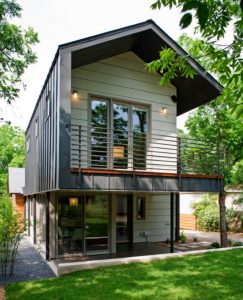
Metal structure residences are constructed in a distinctive fashion, diverging from the conventional homes most people are accustomed to living in. It’s important to consider that residing in such a structure for an extended period might elicit feelings of discomfort. When embarking on the task of interior planning for your home, you should be prepared to invest some effort in acclimating yourself to the distinctive mindset required.
One notable aspect to bear in mind is that metal frames, while highly functional, don’t always exude an appealing or cozy aesthetic. This quirk often poses a common challenge for both homeowners and their interior designers, who must find creative ways to transform these spaces into inviting and comfortable living environments.
4. Know The Extra Expenses
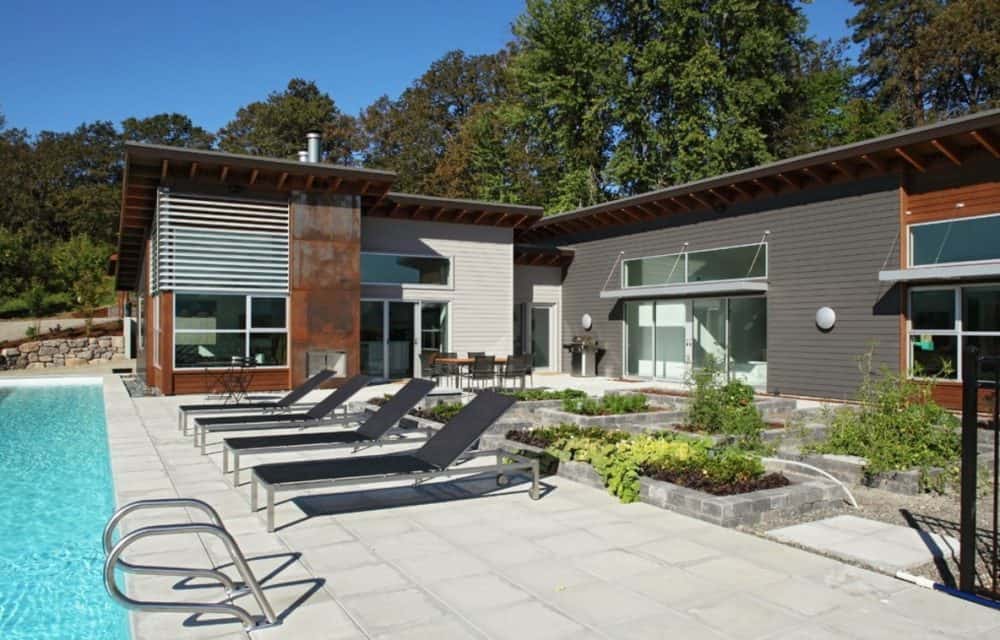
Constructing a metal building with living quarters offers affordability as a distinct advantage. However, it’s essential to consider the aspect of maintenance. Diligent upkeep is imperative to ensure the longevity of your structure. For individuals unfamiliar with the intricacies of maintenance, seeking assistance from experienced contractors is a prudent choice. These builders possess a wealth of expertise when it comes to preserving and caring for metal buildings, making them invaluable resources in this regard.
5. Money, money, money
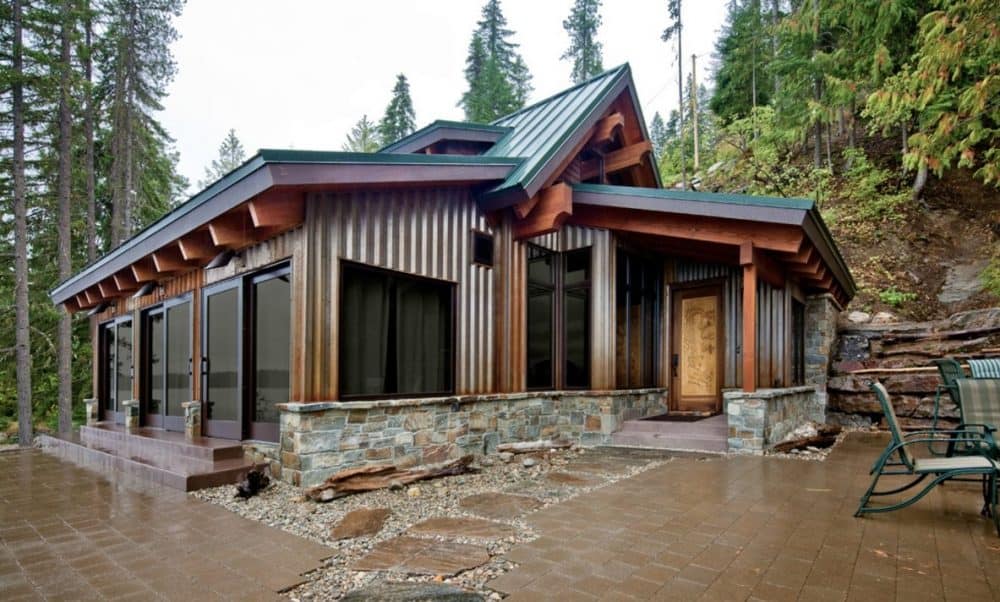
In the past, steel materials used to command a higher price tag than lumber, but in contemporary times, their costs have essentially equalized. However, it’s worth noting that the expenses associated with labor and the construction process for a conventional steel building tend to be considerably higher. The realm of metal buildings demands precision and accuracy, both of which can be achieved with the expertise of skilled professionals whose services are in high demand, thus contributing to elevated costs.
Furthermore, when working with steel, it necessitates the utilization of various screwing and bolting techniques, as well as the procurement of expensive equipment, which amplifies the overall expenditure in comparison to the cost-effective approach of using hammer and nails typical in wood constructions. As a result, the total cost of erecting a flawless metal structure with integrated living quarters tends to be relatively high due to these substantial labor expenses.
6. Be Friends With Bills
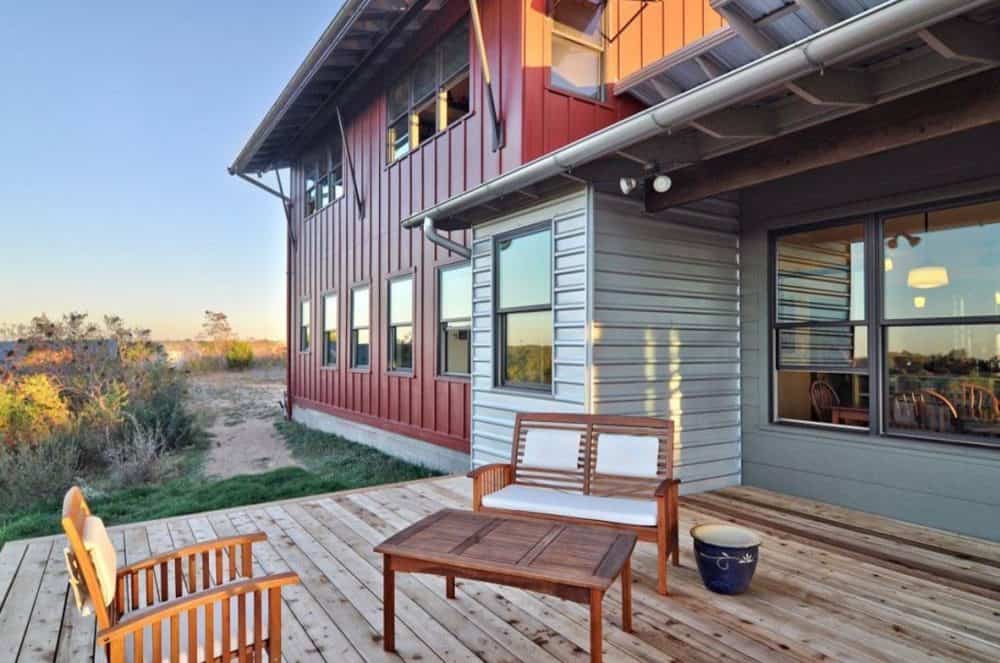
Metal frames, unfortunately, exhibit poor energy efficiency as they tend to conduct heat. During the winter season, retaining warmth becomes a challenge, leading to escalated heating expenses. To effectively regulate temperature within a metal building with integrated living quarters, it is imperative to consider the incorporation of super-insulation. However, it’s crucial to acknowledge that this undertaking can be quite costly, demanding a significant investment to avoid discomfort or exorbitant heating costs.
So, Do You Plan to Have Metal Buildings with Living Quarters?
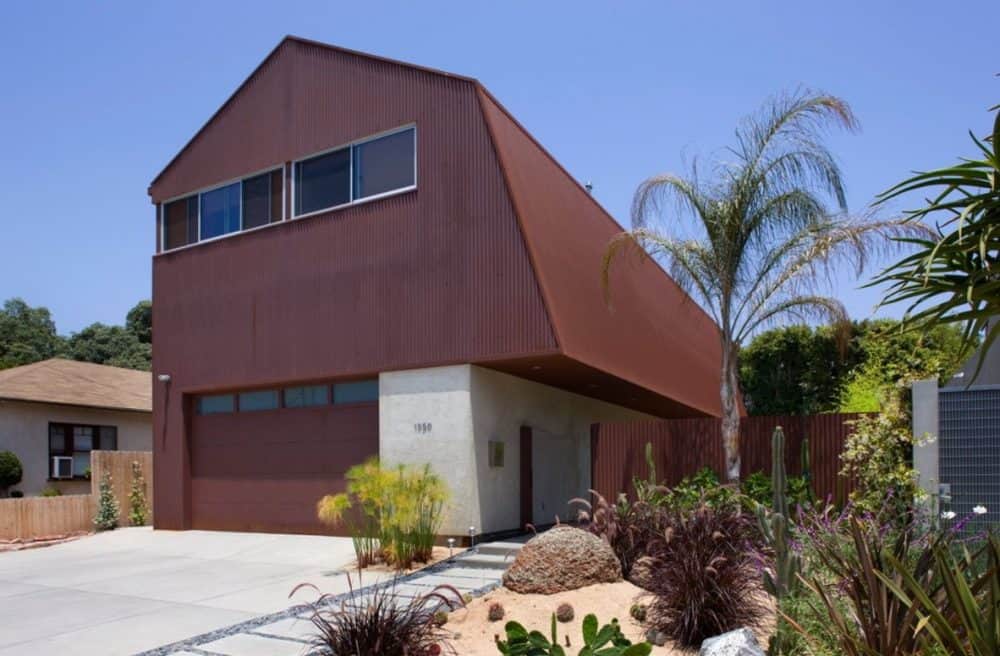
Metal buildings with integrated living quarters offer a multitude of advantages, and they grant you the flexibility to tailor the layout and design to create a comfortable living space. What’s more, the process of constructing a metal building with living quarters is both intriguing and straightforward. These three essential attributes should guide you toward making the most suitable choice for you and your family.
In your quest to devise the optimal structure, it’s imperative to seek guidance from experienced contractors. Share your vision and plans with them during consultation sessions, which are typically offered free of charge. Before reaching out to builders, it’s prudent to craft a preliminary plan. Creating detailed drawings of your building’s design and layout will serve as a valuable reference point throughout the customization process.
Above all, it is crucial to embark on a journey of self-discovery to ascertain your desires, requirements, and gather input from your family members regarding metal buildings with integrated living quarters.
In conclusion, if you are contemplating the use of metal as the primary construction material for your future abode, we strongly recommend considering the aforementioned points. Furthermore, it’s vital to explore the numerous advantages associated with this choice thoroughly before finalizing your decision on whether to proceed with the construction of a metal building with integrated living quarters. We are confident that you will encounter numerous companies ready to assist you in navigating this decision-making process and offering you the best possible solution